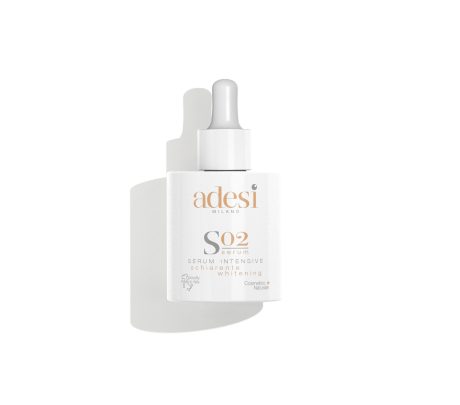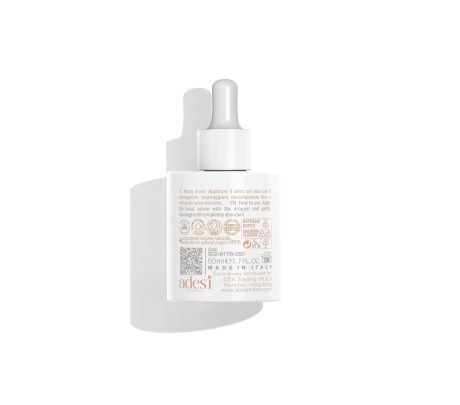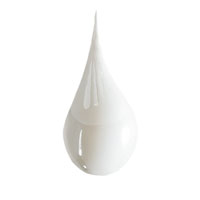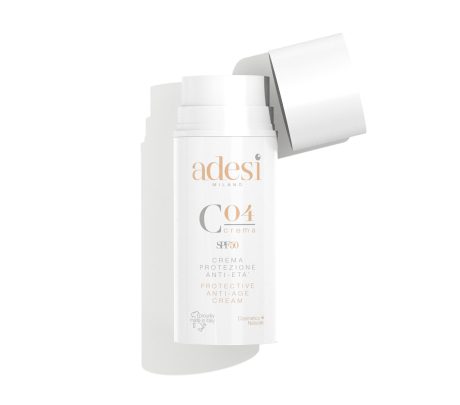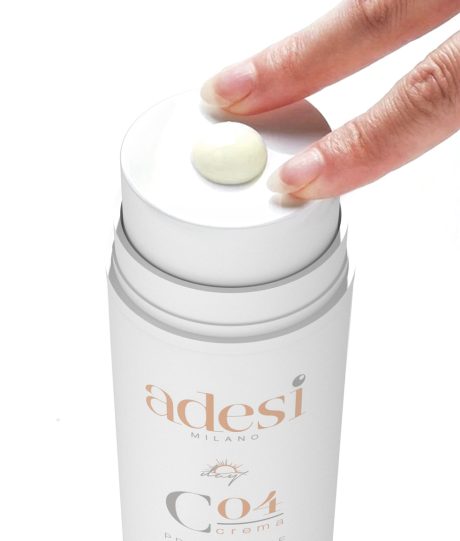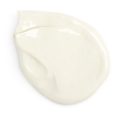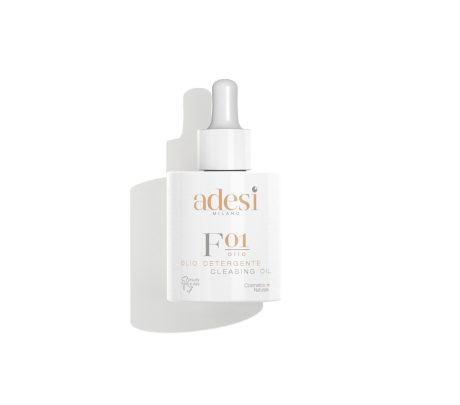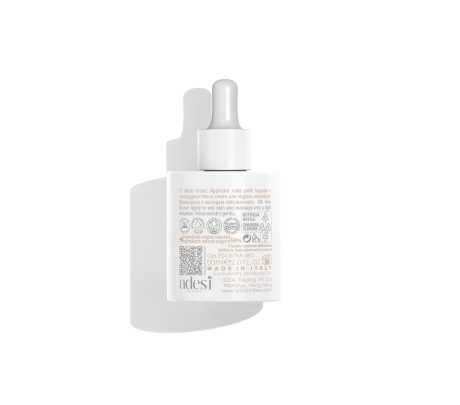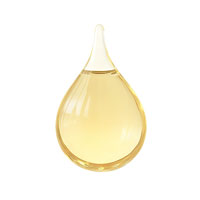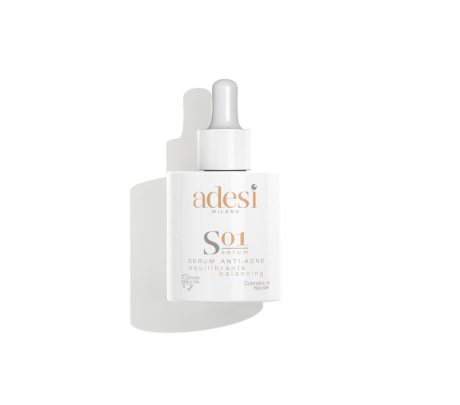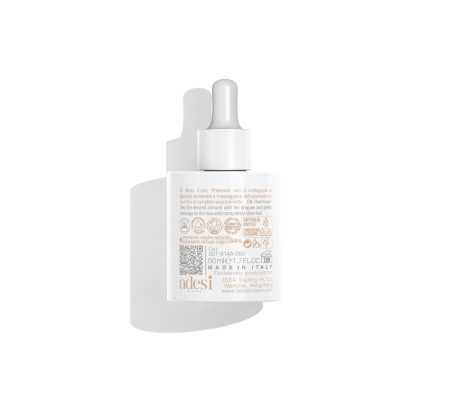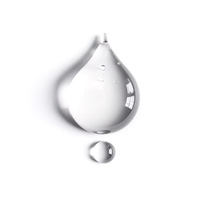Serum specially formulated for dull and discolored skin. The rich complex, composed of stable Vitamin C with high penetration (3-o-Ethyl ascorbic acid), Reduced Glutathione (GSH) and Zanthalene, gives immediate radiance and radiance.
Malic and Tartaric Acid Complex: Complex of acids with lightening and anti-stain properties. It gives radiance to the skin, removing dead cells and promoting collagen production and cell renewal.
Jojoba, Mimosa, and Sunflower waxes: act as emollients, giving softness to the skin, and as repairing, protective and moisturizing active ingredients for dry and damaged skin.
Vitamin A: Vitamin A has an important anti-aging action, counteracting wrinkles, and dark spots, renewing fabrics and protecting against impurities and pollution.
Vitamin E: Powerful anti-free radical and anti-aging action, resulting in moisturizing and emollient on particularly dry skin. It prevents and smooths out wrinkles, making the skin compact and healthy.
Hyaluronic Acid: It promotes the physiological production of collagen, forming a microfilm capable of retaining water and promoting the natural hydration of the skin.
Reduced glutathione: Active that slows down the formation of melanin and therefore hyperpigmentation. It counteracts the formation of sunspots, thanks to its pivotal function as an antioxidant and anti-free radical.
Vitamin C (3-o-Ethyl Ascorbic Acid Sodium Ascorbic Phosphate): In two chemical forms, it has great antioxidant and lightening power. Used in combination with Reduced Glutathione, it improves skin tone, protects against pollution, affecting the complexion, smoothness, and firmness of the skin. It also stimulates collagen production.
Zanthalene: Soothing and calming extract par excellence. A plant native to China, also known as Sichuan pepper. It also has a strong relaxing action on wrinkles.
Propanediol: humectant, moisturizing, softening
Rice Proteins: protective of the microcirculation, antioxidant and anti-inflammatory, rich in essential fatty acids, mineral salts and vitamin E, they have strong refreshing, emollient and re-mineralizing properties.
Botanical extracts of Euphrasia, Hyssop and Cornflower: soothing and moisturizing
Here are the steps to correctly apply facial serum and get the best benefits:
- Cleanse your face: Start with clean skin. Use a cleanser suitable for your skin type and gently pat your face dry with a towel.
- Toner (optional): Apply a toner to balance the skin’s pH and prepare it to absorb the serum more effectively.
- Apply a few drops of serum: Usually, 2-3 drops are enough. Place the serum on your fingertips and gently rub them together to warm it slightly.
- Distribute the serum: Dab the serum onto your face with light motions, avoiding the eye area. Focus on the cheeks, forehead, nose, and chin.
- Gently massage: Using circular motions from the center of the face outward, massage the serum into the skin until fully absorbed. You can also lightly tap it in to promote absorption.
- Moisturizer (after serum): Apply a moisturizer to lock in hydration. This step is important for providing an additional barrier to make the serum more effective.
Ingredients:
Aqua [Water] (Eau), Propanediol, Jojoba esters, Sodium hyaluronate, Tocopheryl acetate, Euphrasia officinalis flower/leaf/stem water, Rosmarinus officinalis (Rosemary) leaf water, Centaurea cyanus flower water, Hyssopus officinalis herb extract, Chamomilla recutita (Matricaria) flower water, Zanthoxylum bungeanum fruit extract, Retinyl palmitate, Sodium ascorbyl phosphate, Glutathione, 3-o-Ethyl ascorbic acid, Oryza sativa seed protein, Pelargonium graveolens flower oil, Oryza sativa (Rice) extract, Helianthus annuus seed cera [Helianthus annuus (Sunflower) seed wax], Acacia decurrens flower cera [Acacia decurrens flower wax], Helianthus annuus (Sunflower) seed oil, Citrus aurantium peel oil, Pogostemon cablin oil, Tartaric acid, Phytic acid, Malic acid, Phenoxyethanol, Sodium cocoyl sarcosinate, Decyl glucoside, Dicaprylyl ether, Parfum [Fragrance], Glyceryl oleate, Oleyl alcohol, Sodium hydroxide, Phenethyl alcohol, Acrylates/C10-30 alkyl acrylate crosspolymer, Undecyl alcohol, Polyglycerin-3, Linalool, Glycerin, Hexyl cinnamal, Limonene, Linalyl acetate, Alpha-isomethyl ionone, Citronellol, Geranyl acetate, Tetramethyl acetyloctahydronaphthalenes, Terpineol, Geraniol, Dimethyl phenethyl acetate, Pinene, Benzyl salicylate, Trimethylcyclopentenyl Methylisopentenol.
